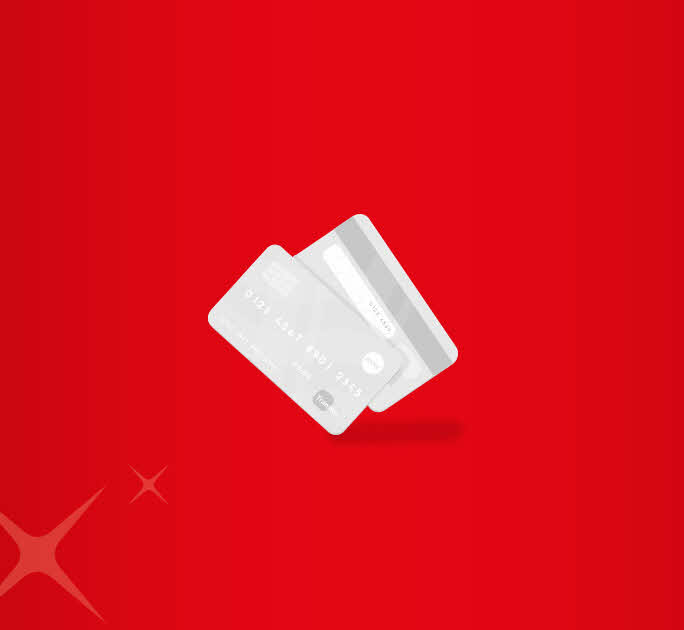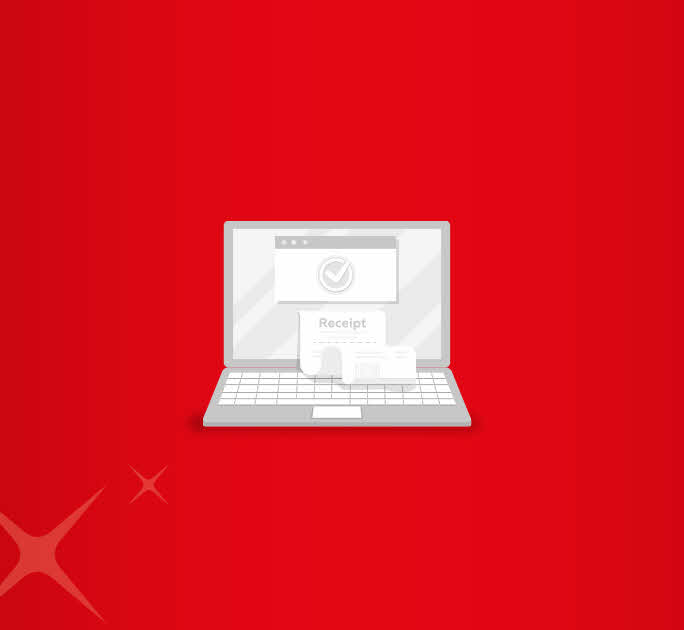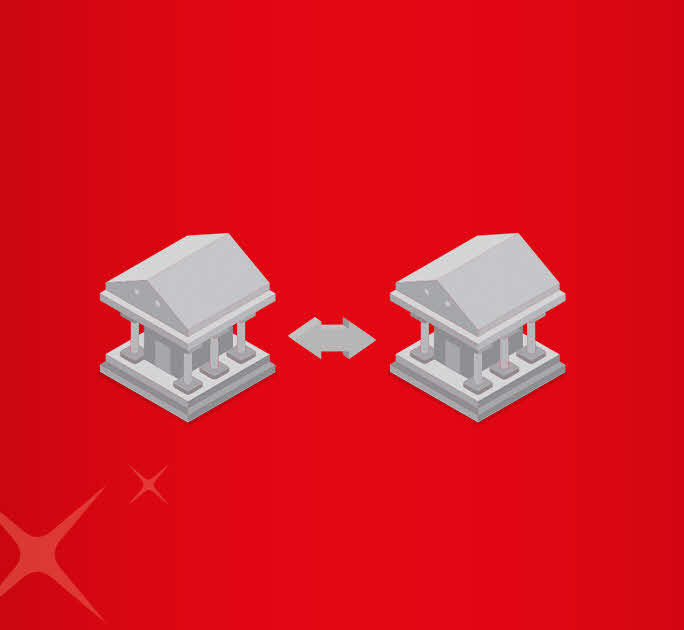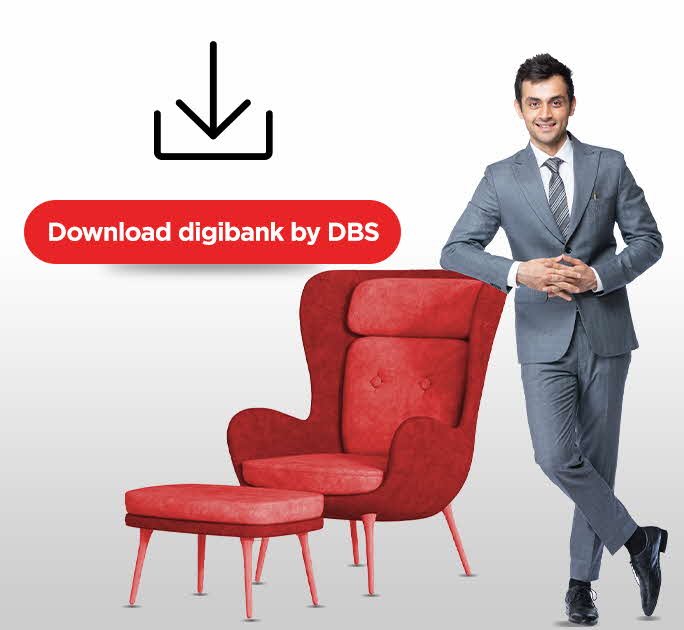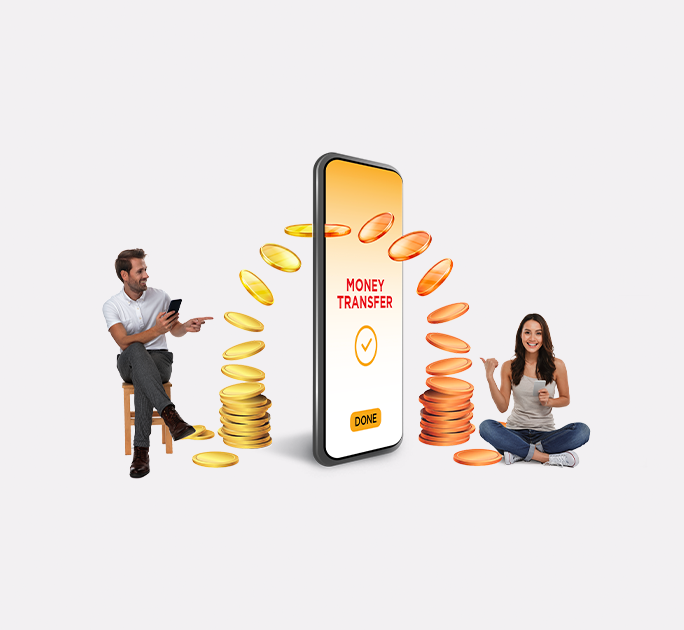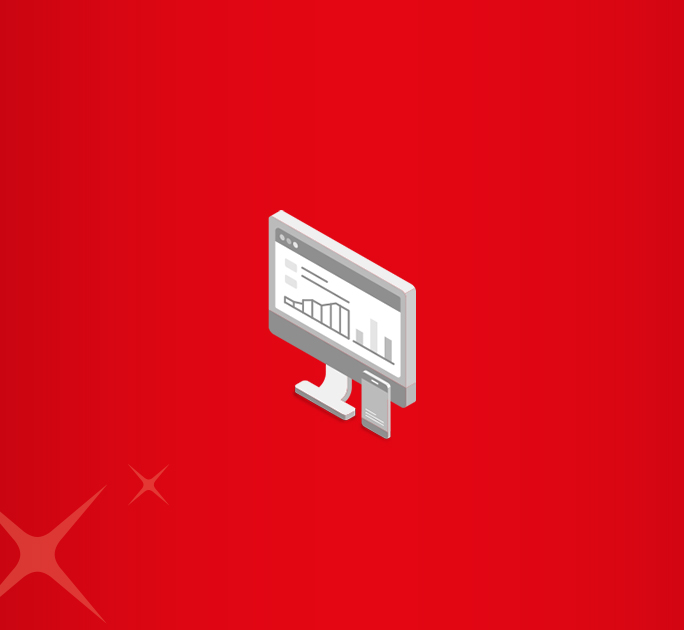- Save
- Invest
- Borrow
- Pay
- More
- Customer Services
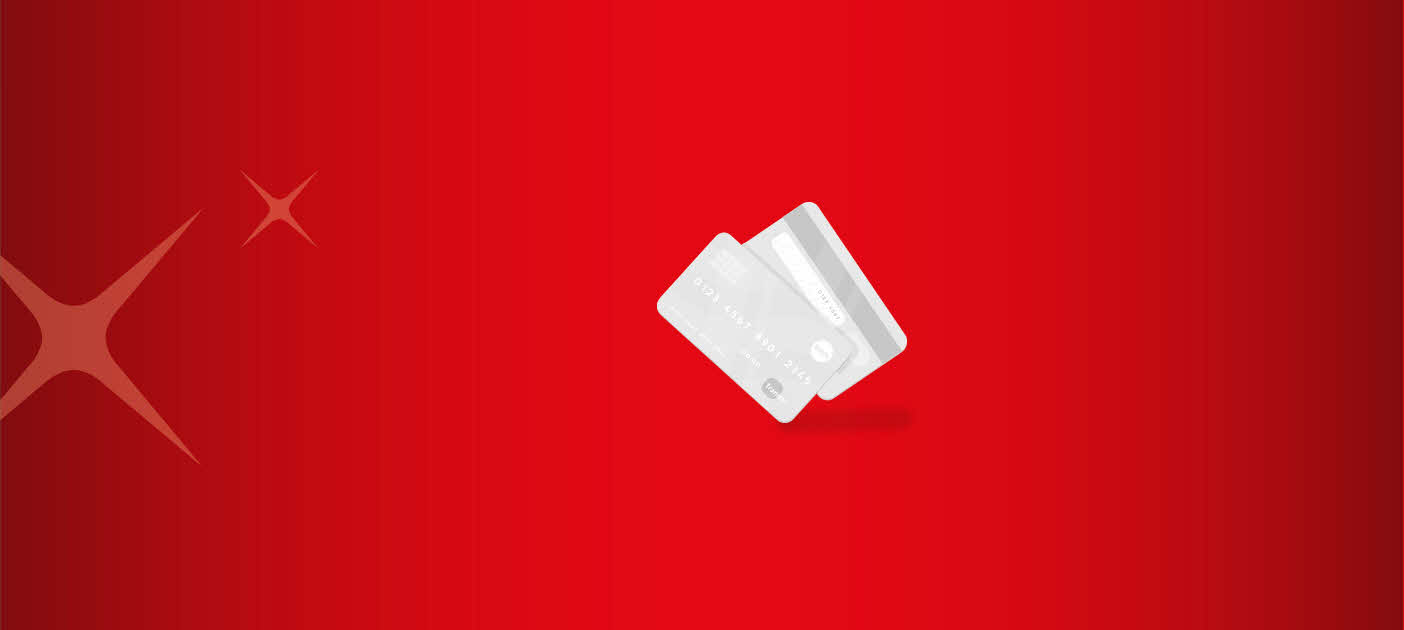
What is a Debit Card? Meaning, Features & How It Works
Get detailed Debit Card information – Uses, benefits, & security measures
Key Takeaways
- A Debit Card is an EMV chip-based payment card.
- It is linked to your bank account and helps you make cashless payments.
- You can use it to make both offline and online payments.
- When you swipe your debit card, funds are debited from the linked account in real-time.
- You must not share your debit card PIN or write it down anywhere as a security measure.
Modern banking has evolved to a whole new level today. But the credit for revolutionising the banking industry undoubtedly belongs to Credit or Debit Cards. By swiping your card, you can make all kinds of offline and online purchases, make bill payments, and do so much more. Let us decode what is debit card in this article.
What is a Debit Card?
A simple definition of debit card is that it is a payment card issued by your bank when you open an account. It is linked to your Savings or Current Account, and whenever you use it for purchases, the money is taken directly from your account and paid to the merchant, Also called an ATM-cum-Debit Card, you can also use it at ATMs to withdraw cash or check your balance.
What is a Debit Card Number?
A debit card number is the 16-digit code printed on the front of your card. It is used during payments and ATM transactions. This number is structured in three parts:
- Issuer Identification Number (IIN): The first six digits that show which bank or financial institution issued the card.
- Customer Account Number: The following digits that connect the card directly to your bank account.
- Check Digit: The last digit, used to verify the card number’s authenticity through the Luhn algorithm.
Each part works together to ensure secure processing of payments and withdrawals.
Features of a Debit Card
Besides knowing debit card meaning, you should also understand the features of debit card along with its key benefits, such as:
- Debit Cards are quick, contactless, and convenient payments tools.
- They enable you to make real-time payments from your linked account.
- Banks offer discounts, offers, and cashback on certain Debit Cards
- You can use Visa and MasterCard Debit Cards abroad by enabling international usage.
- You can load digital wallets using your Debit Card.
How Does a Debit Card Work?
The following points explain how debit card works and its key functionalities:
- A debit card allows you to access money directly from your bank account for purchases or cash withdrawals.
- When you swipe or use it online, the amount is immediately debited from your linked account.
- Key debit card benefits include cashless transactions, ATM access, and easy tracking of your spending.
Start managing your funds efficiently with a bank savings interest rate of up to 5.5% p.a. by opening a DBS Bank Savings Account today.
How to Get a Debit Card
To get a debit card, follow these steps:
- Open a Savings Bank Account: Start by opening a savings bank account or current account with your preferred bank.
- Card Issuance: Once your account is active, the bank will issue a debit card linked to your account.
- Accessing Your Card Number: To know how to get debit card number, check the physical card once delivered or access it securely via your bank’s mobile app or internet banking.
- Virtual Cards (Optional): Some banks offer instant virtual debit cards for online transactions.
This ensures you can start using your debit card for both in-store and online transactions immediately.
Where and How to Use a Debit Card
A debit card can be used for multiple types of transactions. Key points include:
- ATM Withdrawals: Access cash from ATMs anytime using your card.
- Point-of-Sale (POS) Payments: Make payments at stores and restaurants by swiping or tapping your card.
- Online Transactions: Use your card for secure payments on e-commerce platforms and utility bills.
- Bank Savings Account Link: Transactions are directly connected to your account, allowing you to track spending and enjoy benefits related to your Bank Savings Interest Rates.
Advantages of a Debit Card
The advantages of debit card include:
- Direct access to funds without borrowing, reducing the risk of debt.
- Convenient cashless payments for in-store and online shopping.
- Easy ATM access for withdrawals and balance checks.
- Helps monitor and manage personal budgets efficiently.
- Safer than carrying large amounts of cash.
These benefits make debit cards practical for daily banking while complementing, rather than replacing, the use of a credit card.
Disadvantages of a Debit Card
While useful, there are some disadvantages of debit card to consider:
- Funds are debited directly, so overspending can immediately affect your account balance.
- Limited protection compared to credit cards in certain online transactions.
- Daily withdrawal and transaction limits may apply.
Overall, debit cards are safe and convenient if used carefully, but users should monitor transactions regularly.
Debit Card vs Credit Card - Key Differences
Knowing the key differences in a debit vs credit card helps you choose the card that best fits your needs.
|
Feature |
Debit Card |
Credit Card |
|
Source of Funds |
Directly from your bank account |
Borrowed from the card issuer |
|
Spending Limit |
Limited to available account balance |
Set by the card issuer as a credit limit |
|
Interest Charges |
No interest, funds are your own |
Interest charged on unpaid balances |
|
Cash Withdrawals |
ATM withdrawals from your account |
Cash advance with fees and interest |
|
Payments |
Instant deduction from account |
Payment due later; can pay in full or in installments |
|
Benefits |
Helps manage spending; safe and convenient |
Rewards points, credit building, purchase protection |
Safety Tips and Security Measures for Debit Cards
Banks take the necessary consumer protection measures like PINs and OTPs to ensure your funds are protected. As the cardholder, you must ensure that you do not share your debit card information, such as your PIN, Card Number, CVV, etc., with anyone. Do not write down these details on your phone, computers, or rough pieces of paper in your wallet. If your Debit Card is stolen or misplaced, contact the card issuer to block your card or freeze your account.
Final Note
A Debit Card is like carrying your bank in your pockets. You can swipe it anytime you need to pay for something. Ensure you check the daily transaction and withdrawal limits prescribed by your bank. You can enjoy a world of benefits with your Debit Card.
Happy shopping with the DBS Bank debit card! Download the app to open your digital savings account instantly and get your debit card!
*Disclaimer: This article is for information purposes only. We recommend you get in touch with your income tax advisor or CA for expert advice.
Frequently Asked Questions - Debit Cards
-
Can one debit card be linked to multiple bank accounts?
No. A debit card is linked to a single bank account. To access multiple accounts, separate cards are needed for each account.
-
What is CVV on a debit card and why is it important?
CVV (Card Verification Value) is a 3-digit number on the back of the card. It provides an extra layer of security for online and phone transactions.
-
How can I protect my debit card from fraud?
Keep your card and PIN confidential, avoid sharing details online, enable transaction alerts, and report lost or suspicious activity to your bank immediately.
-
How long is a debit card PIN and can I change it?
A debit card PIN is typically 4 to 6 digits long. You can change it via ATM, mobile banking, or by contacting your bank.

